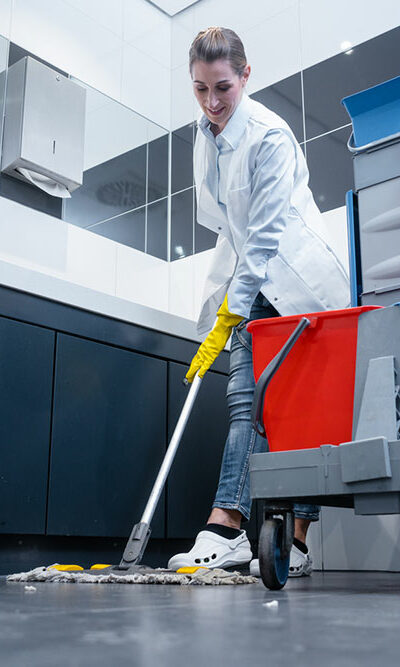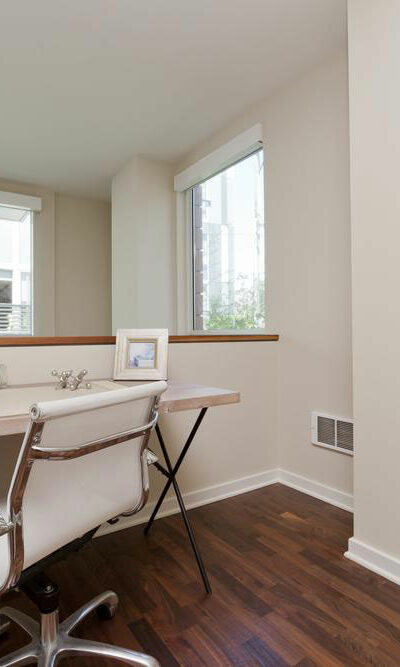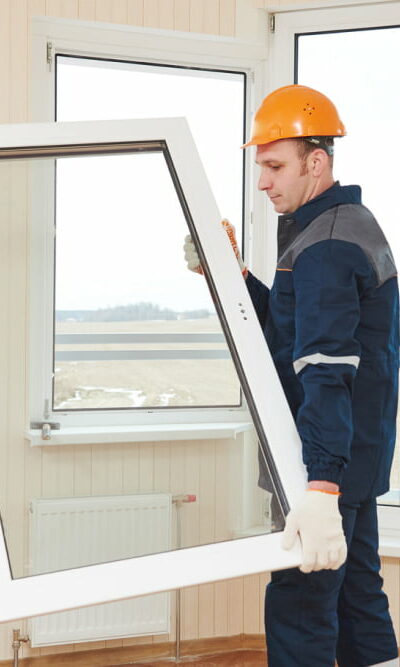
home
5 Common Cleaning Mistakes To Stay Away From
If you want your home or workplace to be sparkling clean and hygienic, there are certain mistakes you should avoid. From failing to use the right cleaning products to forgetting about hard-to-reach places, ignoring many small details can ruin an otherwise perfect job. This article will discuss the 5 common cleaning mistakes people make when tidying their space. Read on to learn how to avoid these mistakes to accomplish shiny cleaning results. 5 common cleaning mistakes to avoid Using too many cleaning products It is a common misconception that using more cleaning products will make the cleaning tasks more effective. However, using too many cleaning products can do more harm than good. It can leave a residue that can attract dirt and grime, making your surfaces look dull and dirty. Additionally, using too much of a cleaning product can cause damage to certain surfaces, such as wood or granite. Cleaning products typically contain harsh chemicals (such as sulfates and chlorine) and artificial fragrances that can damage indoor air quality, leading to respiratory problems such as asthma or bronchitis. Furthermore, cleaning supplies near food preparation areas can contaminate surfaces and transfer them to edibles. It can result in health issues such as food poisoning or acute toxicity exposure (adverse health effects from prolonged chemical exposure). Therefore, you must be mindful of using cleaning products and know that less is often more. When possible, switch strong chemical cleaners for milder alternatives such as baking soda, vinegar with water, Pinesol disinfectant, or Clorox pinesol. Not cleaning the cleaning tools It’s important to clean your cleaning tools after each use. If you don’t clean your cleaning tools, they can harbor bacteria and germs, which can be transferred to other surfaces. Rinse your cleaning tools thoroughly and let them dry completely before storing or reusing them.
Read More 















